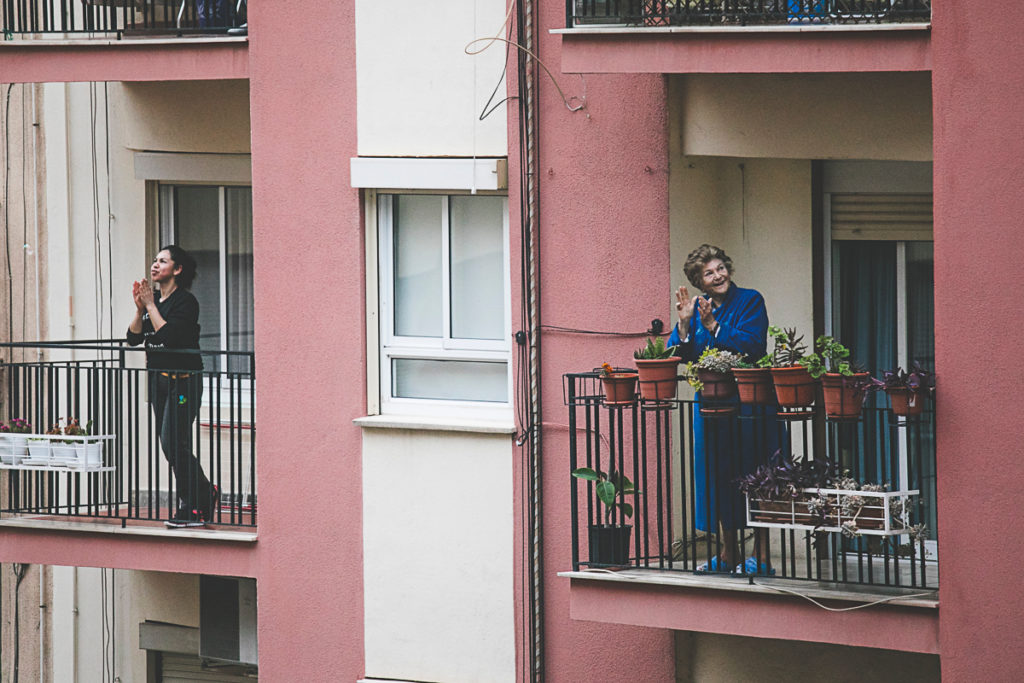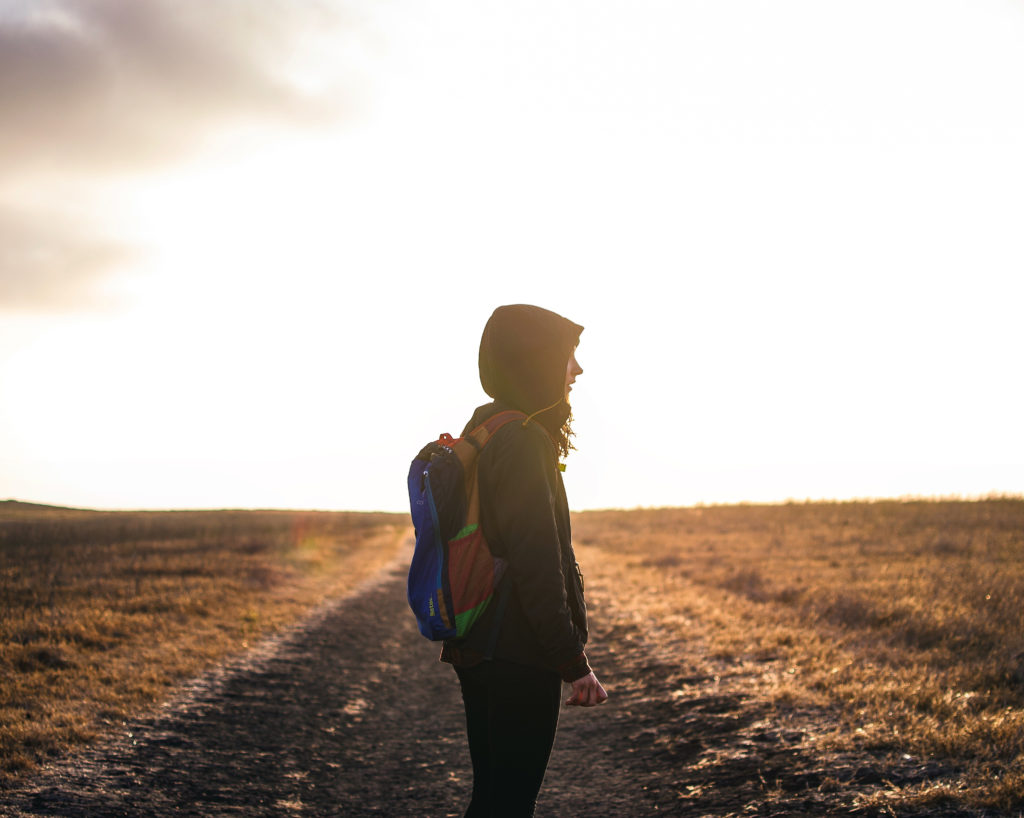While many countries entered 2021 with new health guidelines and lockdown orders to control the rapid outbreak of COVID-19, other countries have relaxed their earlier restrictions.
Just this week, Western Australian Premier Mark McGowan announced that Perth and the nearby Peel and South West regions would enter a five-day lockdown. The decision was made after a hotel security guard, who was working in one of the city’s quarantine hotels, tested positive to the highly infectious UK variant of the virus.
Other Australian states and territories have implemented a similar technique and compared to other nations, Australia takes a fast and firm approach to lockdown. Let’s explore how different countries around the world are currently implementing lockdowns to control the outbreak of COVID-19 in 2021.
Lockdowns in Australia
In Australia, the first sign of a COVID-19 outbreak can send an entire city or state into a strict lockdown. As seen in Perth, it only takes one locally transmitted case for these measures to be put into place. Perth’s lockdown follows similar rules to the other lockdowns around Australia. Residents are only allowed to leave the house to shop for essential items, access medical care, go to work if they cannot work from home, and exercise for one hour per day in their local neighbourhood.
These short lockdowns are nicknamed ‘circuit breakers’. Instead of allowing cases to spread in the community, the aim of a circuit breaker is to prevent a larger outbreak from occurring in the first place. When a community goes into lockdown quickly, community transmission is minimised and health authorities have the ability to undertake extensive COVID-19 testing for the public.
Since Melbourne’s 112-day lockdown in mid-2020, circuit breakers, also known as ‘snap’ lockdowns, have been the chosen method of preventing the spread of COVID-19 in Australia. In November 2020, South Australia implemented a circuit breaker lockdown to stop a small cluster of cases emerging from a hotel quarantine facility from spreading. Similar efforts followed in Brisbane and Sydney when a small number of infections were discovered in each city. South Australia, Brisbane and Sydney all emerged from lockdown with the virus outbreaks under control and experienced a quick return to normal life.
Lockdowns in the UK
The UK is currently under lockdown for the third time in response to rapidly increasing case numbers and the rise of two highly infectious mutated strains of the virus, known as the UK and South African variants. While lockdown restrictions do vary between the four UK nations of England, Scotland, Wales and Northern Ireland, generally people are only allowed to leave their home for an essential reason, such as shopping for basic necessities or going to work if you are unable to work from home. Places of religious worship remain open, as do outdoor playgrounds and most childcare facilities. People are also allowed to exercise outside for one hour per day with one other person, or with someone from their ‘support bubble’.
Some people in the UK may choose to form support bubbles during lockdown. A support bubble is a support networking linking two households. The members of the support bubble can have close contact but must adhere to social distancing guidelines with people outside of their support bubble. There are eligibility rules for forming a support bubble. The support bubble aims to prevent social isolation during the pandemic. The UK lockdown is expected to continue until at least late February or early March.
Lockdowns in the USA
COVID-19 restrictions in the USA vary between states, counties and cities because it is up to local officials to decide which restrictions to impose. Nothing regarding lockdowns is currently being enforced on a federal level in the US. As such, COVID-19 health guidelines, restrictions and lockdowns are inconsistent throughout the country, and official state health organisations must be consulted to identify the specific rules for each area. When the pandemic first hit in March 2020, more than 310 million Americans had stay-at-home orders but since then, most of the country has eased their restrictions.
Other recent lockdowns
– Many regions of Vietnam have been placed under lockdown following multiple outbreaks of the COVID-19 UK variant. Areas of Hanoi, Chi Linh, Hai Duong, Nam Sach, Kim Thanh, Quang Ninh, Dong Trieu and multiple other regions of the country are currently under lockdown.
– India was placed under a countrywide lockdown between March and May 2020. Currently, the state of Maharashtra is under lockdown until 28 February 2021.
– Israel has been under a strict lockdown since December 27. This is their third lockdown since the start of the pandemic.
– Peru has placed 10 of its 25 regions under lockdown following a rapid increase in COVID-19 cases. The lockdown is expected to remain until at least 14 February 2021.
Quarantine around the world
Just like lockdowns, quarantine restrictions vary in different countries around the world. Australian borders currently remain closed to anyone other than Australian citizens, residents, immediate family members, and travellers who have been in New Zealand for the previous 14 days (and not been in a designated COVID-19 outbreak location). Anyone who does arrive in Australia from overseas is required to quarantine for 14 days. The two-week quarantine period has been put in place to prevent community infection. Based on the median incubation period for COVID-19, an infected person may not start showing symptoms for up to 14 days or sometimes, even at all.
Vietnam, Korea and Hong Kong also require travellers to undergo a 14-day quarantine period, with Hong Kong extending the period to 21 days if travellers have come from a high-risk area.
Other countries, like the UK, only require travellers from high-risk areas to quarantine for 10 days. In the UK, you may choose to purchase your own COVID-19 test after five days of quarantine. If you test negative then you may leave quarantine early.
What can I do to prepare for a lockdown in Australia?
Australia has mostly avoided the widespread infection of COVID-19 seen in other countries. This is due to the effort people in Australia have made to adhere to health guidelines and recommendations for mask-wearing, social distancing, gathering limitations and contract tracing, and the implementation of lockdowns when necessary.
There is no reason to worry about lockdowns and when or where they might happen, but it does help to be prepared.





